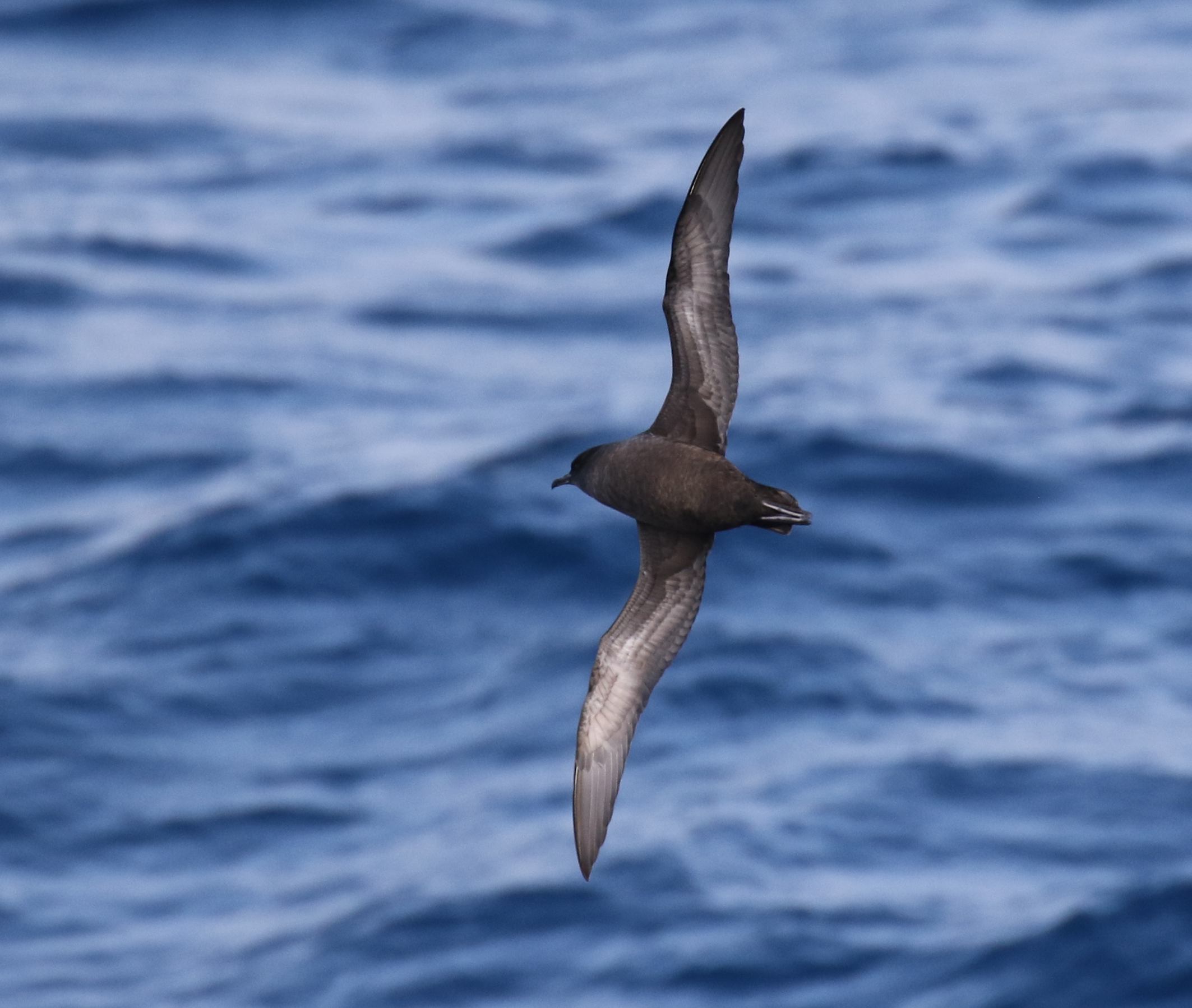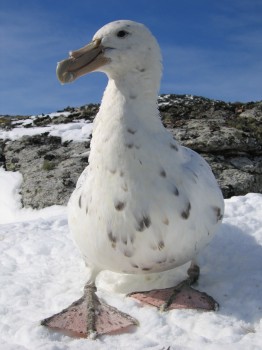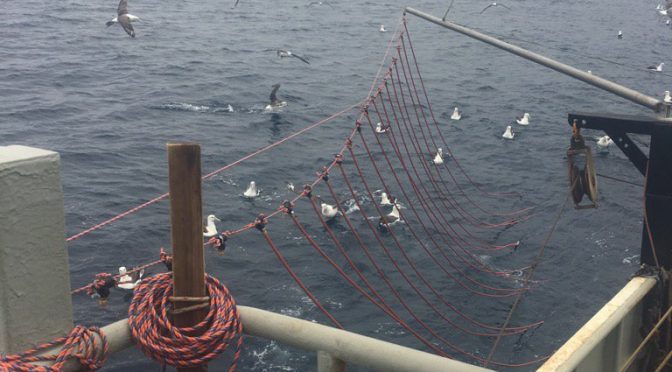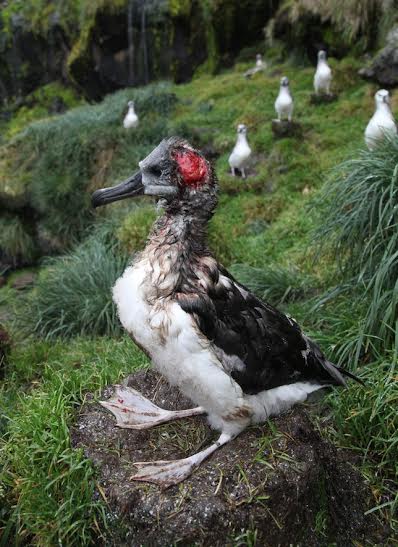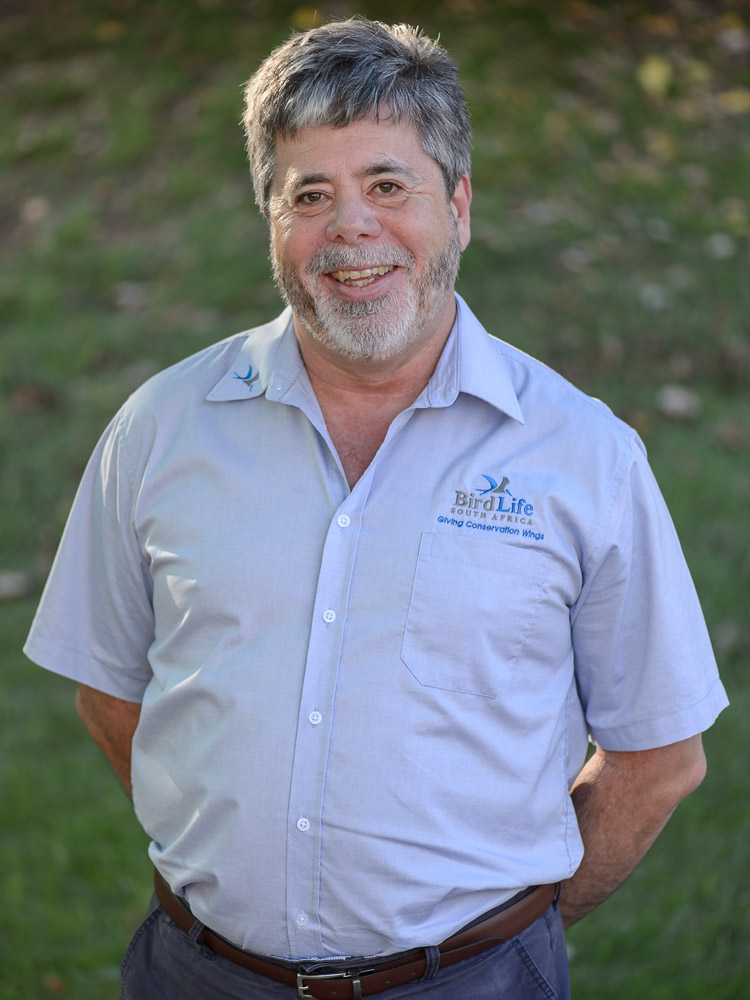The Australasian Seabird Group (ASG) is a special-interest group of Birds Australia, the country partner of BirdLife International. It was formed in 1971 and is managed in collaboration with the Ornithological Society of New Zealand (Birds New Zealand). The ASG is a society of seabird researchers, managers and individuals dedicated to the study, enjoyment and conservation of seabirds and their habitats.

Australasian Seabird Group logo: a White-faced Storm Petrel Pelagodroma marina
The Group’s objective is to “promote seabird research and conservation in Australasia”. This objective is pursued through a range of activities, including publication (from 2010) of a quarterly e-bulletin distributed to members, organisation of symposia on issues affecting seabirds, provision of expert opinion on the management and conservation of seabird populations in Australasia, and the coordination of projects including surveys of seabird islands and beach patrol projects.
The ASG is managed by Executive and General Committees. Correspondence between ACAP Latest News and several committee members has led to the group lending its support to ACAP’s intention to launch the inaugural World Albatross Day next year on 19 June, the date the Agreement was signed in Canberra, Australia in 2001. Both Australia and New Zealand are Parties to the Agreement as founding signatories (click here).

The Convener of the ASG’s Executive Committee, Barry Baker has written to ACAP Latest News: “Many albatrosses and petrels are threatened with extinction and only slight increases in the mortality of adults can rapidly reduce populations within a couple of decades. In a world where there is a focus on the sustainability of extractive industries it behoves fishers and fishery managers to take all necessary steps to reduce the impacts of their activities on non-target species, including seabirds.”
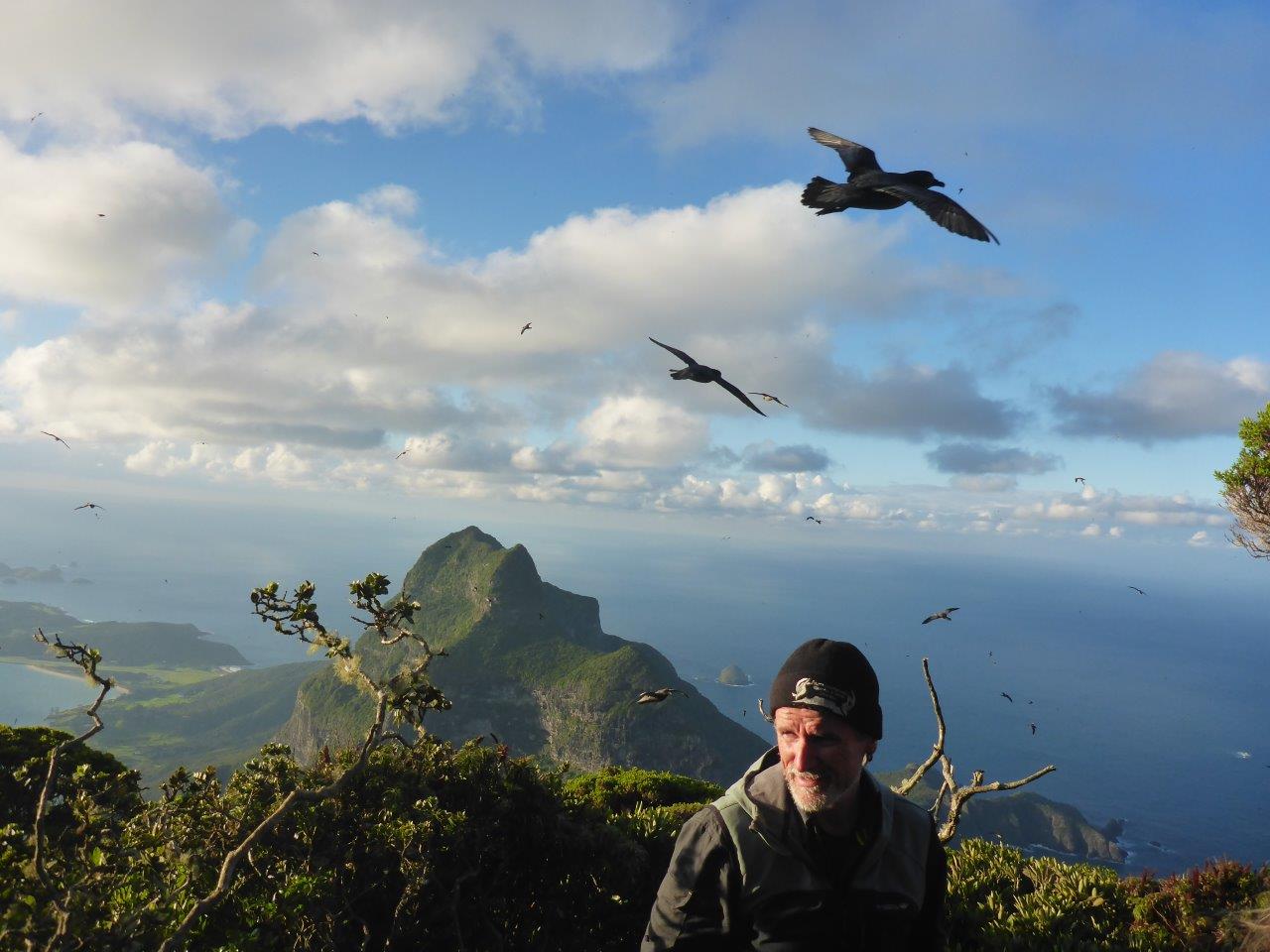 The ASG’s Secretary, Nicholas Carlile writes as follows: “World Albatross Day is an opportunity to celebrate all that is amazing, humbling and beautiful about this enigmatic group of seabirds. With so many species close to being lost forever, we must remain vigilant, energetic and forthright in our defence of their survival and ability to flourish in our changing world."
The ASG’s Secretary, Nicholas Carlile writes as follows: “World Albatross Day is an opportunity to celebrate all that is amazing, humbling and beautiful about this enigmatic group of seabirds. With so many species close to being lost forever, we must remain vigilant, energetic and forthright in our defence of their survival and ability to flourish in our changing world."
Photo: On Mount Gower, Lord Howe Island, with Vulnerable Providence Petrels Pterodroma solandri overhead
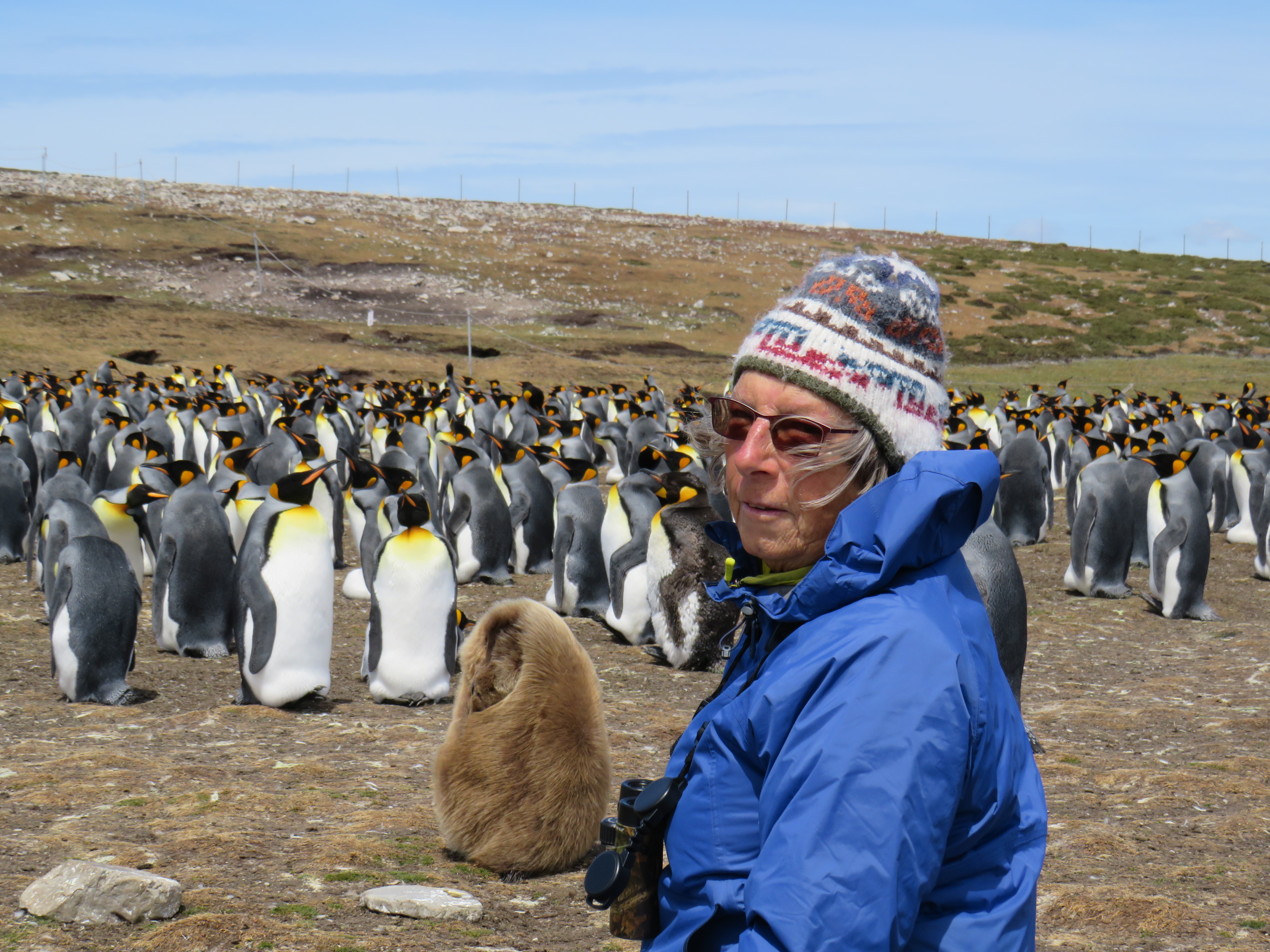
Kerry-Jayne Wilson MNZM who represents New Zealand on the ASG’s General Committee has also expressed her concern: “Albatrosses and other seabirds are under threat, and climate change will further intensify that threat. Imagine a world without these magnificent birds, is that the legacy we want to leave for generations to come?”
Photo: With King Penguins Aptenodytes patagonicus, Volunteer Point, Fakland Islands (Islas Malvinas)*
ACAP will liaise with the Australasian Seabird Group over the next seven months to raise awareness of World Albatross Day and the plight faced by albatrosses, especially within Australia and New Zealand and in their waters. 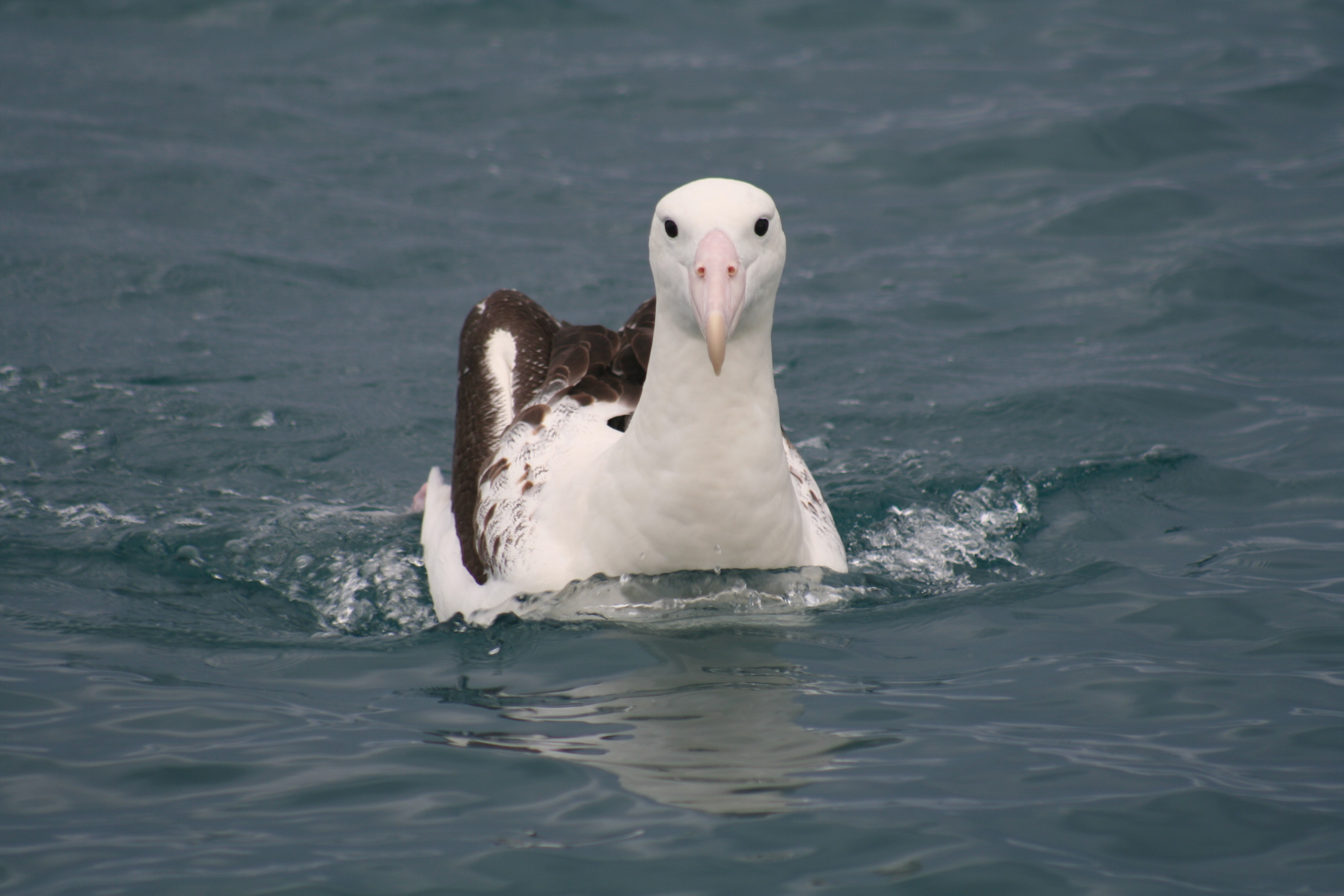
Endangered Antipodean Albatross Diomedea antipodensis off Kaikoura, New Zealand; photograph by Kerry-Jayne Wilson
With thanks to Barry Baker, Nicholas Carlile and Kerry-Jayne Wilson
John Cooper, ACAP Information Officer, 29 November 2019
*A dispute exists between the Governments of Argentina and the United Kingdom of Great Britain and Northern Ireland concerning sovereignty over the Falkland Islands (Islas Malvinas), South Georgia and the South Sandwich Islands (Islas Georgias del Sur y Islas Sandwich del Sur) and the surrounding maritime areas.

 English
English  Français
Français  Español
Español 